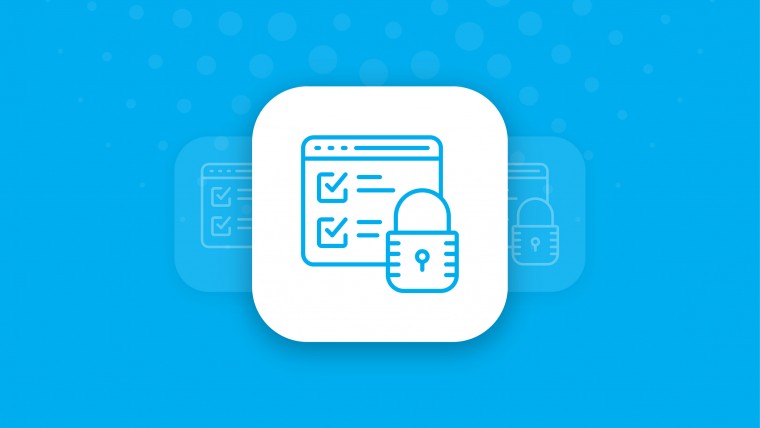Consultative selling is a solution-based approach to converting leads into sales. Its primary focus is on helping prospective and existing clients to find solutions to their problems, whether is the product or service they offer within or without the organization.
The consultative selling approach involves doing research, building rapport, asking open-ended questions, actively listening and understanding, then positioning your company’s products or services as the value-adding solution that the client has been looking for.
As indicated, this selling strategy has multiple steps to it that are aimed at offering clients solutions, not just executing sales. While it does work with existing clients, it can be particularly helpful to salespeople, marketing firms, and departments in trying to convert leads that are undecided about buying products. Or that are already buying from your competition.
What Is the Recommended Selling Approach?
Every business, big or small, uses some form of sales methodology. Many still operate in a traditional fashion, focused entirely on getting the product out the door. Product-based selling places an emphasis on what range of features a product offers and how they are vital to the client. Each feature provides an opportunity to show why the product would be necessary for the client and why it is being offered at a particular price.
Consultative and product-based selling techniques come with different priorities and goals. Let’s take a brief look at these variances.
Consultative selling vs Product based selling
Consultative Selling |
Product-based selling |
| Emphasis on value-addition for the client | Emphasis on product features |
| Price is less important than value and establishing trust | Price and availability are key |
| Value is defined by customer need | Value is defined by the product |
| B2B Consultant identifies value-adding solutions, even if not from his range of products or services | Salesperson brings a little value & sells more through aggressive sales pitches |
Four-Step Approach to Outrank Consultative Selling
To make effective use of consultative selling requires having a good plan. Here we will look at some vital steps to follow to achieve success when applying this selling strategy, particularly in the business to business marketing segment.
Step 1 – Position yourself as a trusted authority
Every B2B firm has its own target business market. It is important to build authority within this niche. Being able to present your brand in this way will make building trust with clients easier. They will know that you know what you are talking about and are well placed to understand their concerns and how to go about finding solutions.
Publishing value-adding content, both on and off your site, can be a big help. Try to create links with other industry experts and varied content in different formats to appeal to a wide audience. Also, keep track of the feedback to what you post. Respond intelligently and do not shy away from criticism.
Cultivating yourself as a thought leader can further aid in drawing new leads to your business. Many potential clients will easily transition from content followers to customers if they are suitably impressed by your content. They are more likely to take an interest in your recommendations.
Being knowledgeable can also help in the later stages of consultative selling if the prospect proves resistant to your suggestions of solutions. You can use what you know to help them see why your solution is ideal in a convincing manner.
Step 2 – Conduct in-depth prospect research
This is the most crucial step in consultative selling. It calls for ample research into all areas about the lead. Begin by looking at the engagement the prospective client has already had with your business. B2B consultancy services find CRM systems to be quite helpful in revealing such information. They can track everything from what web pages the person visited, to if they left anything in their online cart.
Some key facts you should seek out include:
- Company size
- Number of employees
- Annual turnover
- Typical product or service offering
- Their target business market
But the information gathering should not stop here. You need to get a wider scope on what kind of business the client does. The organization structure and where the prospect ranks, industry trends, and their key competitors. Learning their consumer examples can further help in understanding their market and challenges in business. Visit their company website, social media pages, and conduct even general Google searches. A variety of tools should be used for better prospect research.
Step 3 – Lead the conversation
Successful consultative selling requires finding a way to lead the conversation without doing much of the talking. This meeting with a prospect is a valuable opportunity to gather information and build rapport. Even if you have done in-depth research on the person, company, and industry, this is not the time to show off your knowledge. Nor is it the time to make a sales pitch.
This time should be for the client to speak up and share their concerns. Avoid questions that will lead to yes or no answers. You want them to open up as if you are a confidante. Open-ended questions can help steer the conversation the way you want it to go. With the client opening up on what goals the business has, the problems they are facing, and the resources they are ready to devote to solving them.
Effective B2B marketing strategies require salespersons to engage in active listening and understanding of what the prospect wishes to achieve. It can help to jot down vital points here and there. Do not go overboard with note-taking as it can be distracting. Make note of points you feel will help in connecting the dots in how your product or service can be the solution they need. Or, how you can tailor it to fit their needs.
Subsequent meetings will then provide a chance to make your sales pitch. Your presentation should demonstrate how your tailored solution is the right choice for the client. By this time, trust will have been built, making it easier for the prospect to accept this proposal. In case of any pushback, try to emphasize on the product benefits and be ready to do a follow-up.
Step 4 – Build tailored solutions
To develop tailored solutions for clients, a keen understating of their goals and needs is necessary. Consultative selling is one of the best B2B digital marketing strategies that enable businesses to gain these useful insights and work on their product offering to better present them as value-adding solutions.
A CRM platform like Salesforce can help to target multiple prospects. This technology offers features and tools that can aid in setting scores, scheduling alerts, generating data analysis, and other information on individual leads.
With all this assistance and data, organizations will be better empowered to proactively pursue leads and build meaningful relationships that will lead to better-sustained business relationships. At the end of this process, these clients will come to view the company as not merely a supplier, but rather an ongoing partner in their success.
IAgilians implements Salesforce across departments to ensure that all customer-facing teams can input and access the right data at the right time to create value-adding customer experiences and customized solutions.








What Is B2B Sales? Effect of Digitization on B2B Sales
5 Reasons Why Strategic Decision Making Is Most Important In Business Growth
Top 10 Tips for Healthy Work-Life Balance
4 Characteristics of high performing transformation teams
Should You Become An Independent Consultant?
8 Characteristics of great consultants. Do you have what it takes?
4 Characteristics of high performing transformation teams
Types of Cloud Computing